Optimal Timing for Storm Restorations
Storm restorations are critical for maintaining property integrity and safety following severe weather events. Timing plays a vital role in ensuring effective repairs and minimizing further damage. Understanding the optimal periods for storm restoration work can help property owners plan accordingly and ensure timely response to storm-related damages.
Storm restorations are most effective when performed during mild weather seasons, typically late spring through early fall, reducing delays caused by adverse conditions.
Immediate action following storm events is crucial to prevent secondary damages such as water intrusion, mold growth, and structural deterioration.
Severe storms can cause extensive damage, but restoration work can be hampered by ongoing weather conditions like rain, snow, or high winds, which are less common in drier months.
Scheduling inspections soon after storms ensures damages are identified early, allowing for prompt restoration before issues worsen.
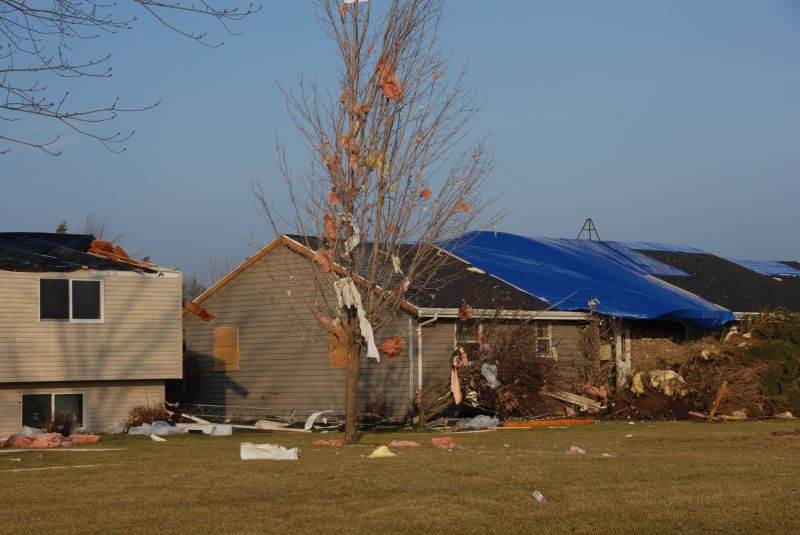
Assessing damage promptly after storms helps determine the necessary restoration steps.
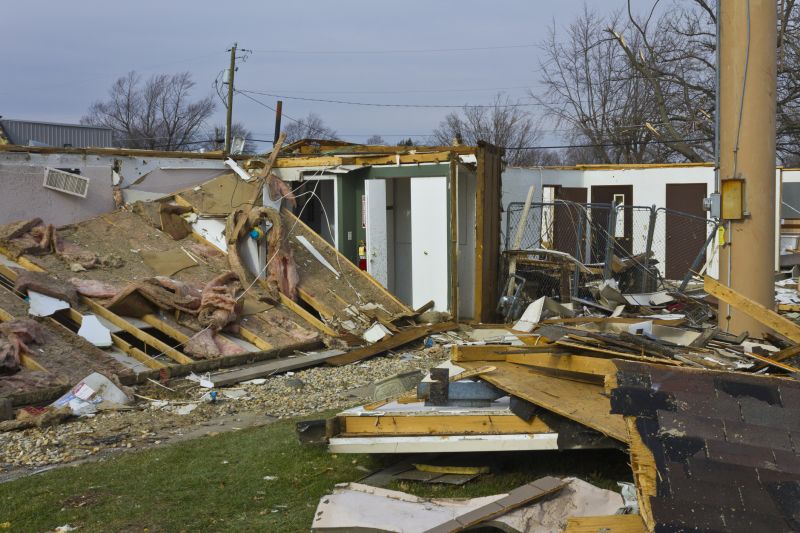
Quick emergency repairs can mitigate further damage and stabilize the property.

Utilizing specialized equipment ensures efficient and thorough restoration work.

Ways to make Storm Restorations work in tight or awkward layouts.

Popular materials for Storm Restorations and why they hold up over time.
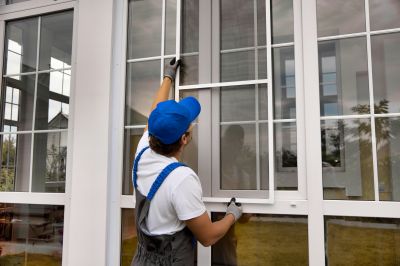
Simple add-ons that improve Storm Restorations without blowing the budget.
| Storm Season | Optimal Restoration Period |
|---|---|
| Late Spring to Early Fall | Ideal for extensive restoration work due to favorable weather conditions. |
| Immediately After Storms | Critical for damage assessment and preventing secondary issues. |
| Off-Peak Winter Months | Limited restoration activity due to inclement weather and safety considerations. |
| Pre-Storm Season | Preparation and inspections to reduce damage scope. |
| Post-Storm Cleanup | Timely cleanup to restore property functionality and safety. |
Storm restorations involve a comprehensive process that includes damage assessment, cleanup, repairs, and preventive measures. Proper timing ensures that each phase is completed efficiently, reducing the risk of secondary damages and minimizing property downtime. Weather conditions significantly influence the scheduling and success of restoration efforts, making planning essential for optimal results.

Restoration of damaged roofs, siding, and windows.

Securing compromised structures to prevent collapse.

Extraction and drying to prevent mold growth.

Clearing storm debris for safety and accessibility.

High-end options that actually feel worth it for Storm Restorations.

Finishes and colors that play nicely with Storm Restorations.

Little measurements that prevent headaches on Storm Restorations day.

A 60-second routine that keeps Storm Restorations looking new.
Timely storm restorations help preserve property value and safety. Proper planning, combined with prompt response following storm events, ensures that damages are addressed efficiently. Property owners are encouraged to schedule inspections and prepare for storm seasons to facilitate smoother restoration processes.

Visual evidence of damage and restoration outcomes.
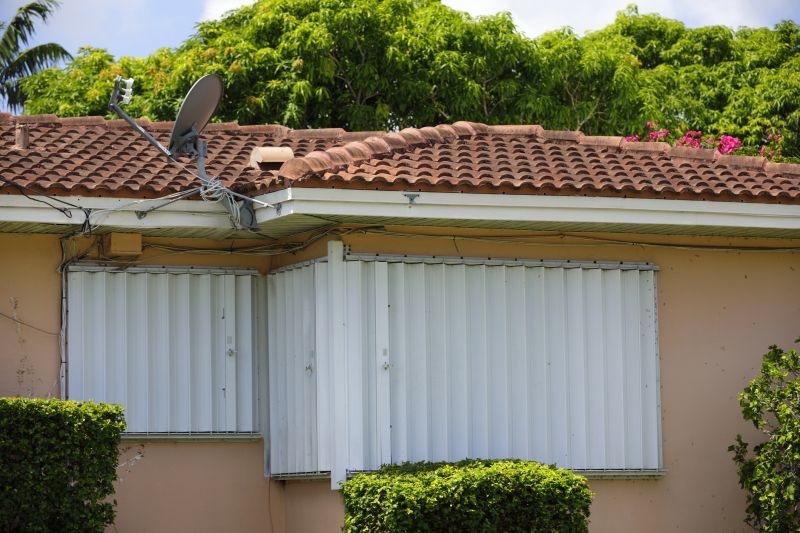
Preventive measures to reduce future storm damage.
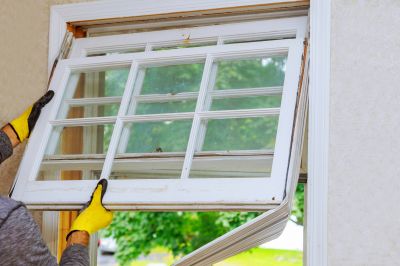
Professionals performing storm damage repairs.

A frequent mistake in Storm Restorations and how to dodge it.

Small tweaks to make Storm Restorations safer and easier to use.

Lower-waste or water-saving choices for Storm Restorations.
Interested property owners should consider scheduling assessments during the optimal seasons to ensure readiness for storm events. Early planning and timely action can significantly reduce the impact of storms and facilitate efficient restoration efforts.


